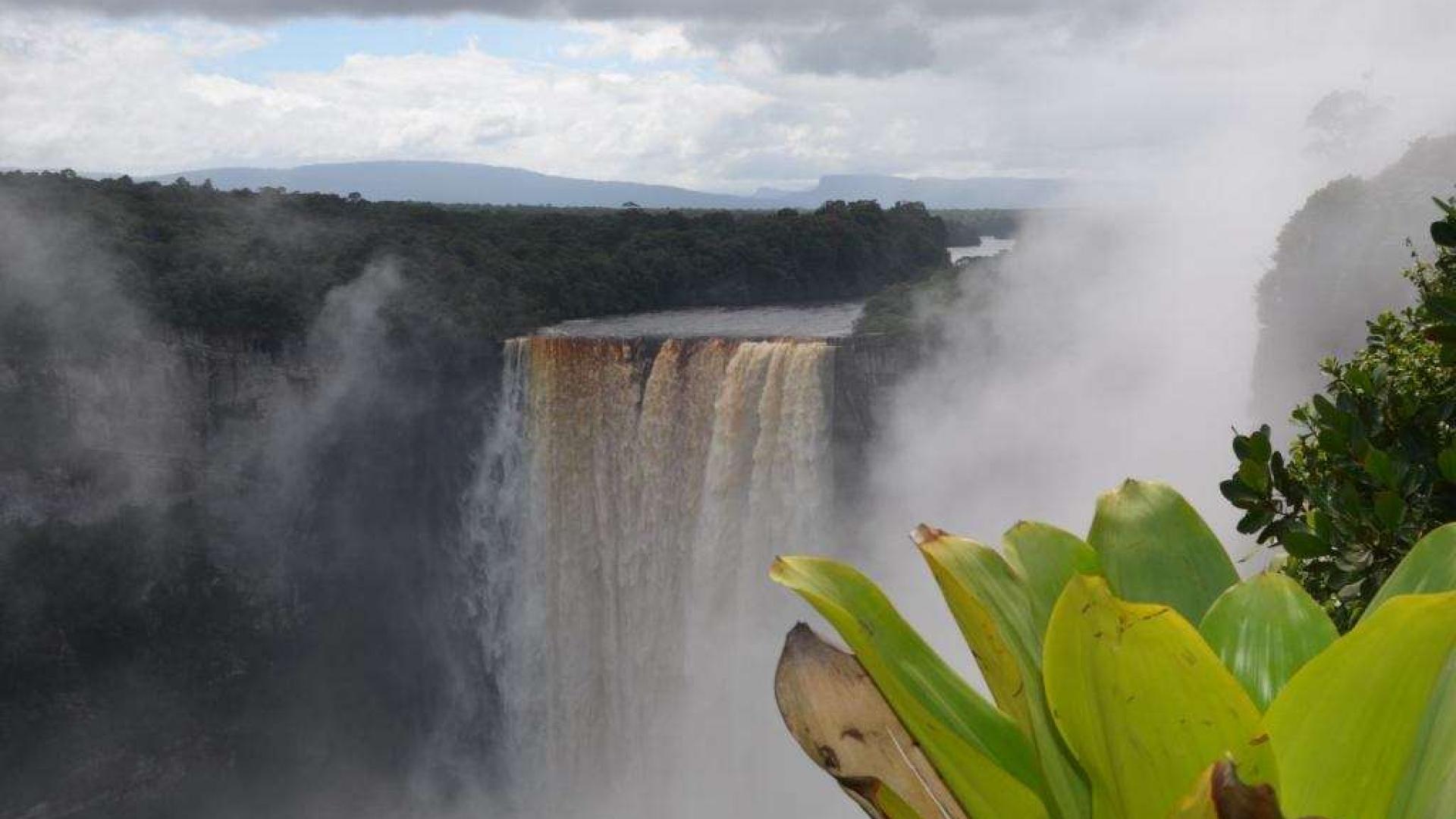Machu Picchu - the city on the edge of the earth
The mysterious city in South America - Machu Picchu, hidden in the valley of Urubamba, located on the top of the mountain, is one of the most well-preserved reminders of the great empire of the Incas in Peru. Among the other monuments of the Inca culture of Machu Picchu are distinguished by their monumentality. Machu Picchu was not discovered until the early twentieth century, and before that he was just a legend.
Machu Picchu can be called one of the wonders of the New World because of its location and unique buildings. All the buildings in the city of the Incas made an unprecedented mastery of just over a precipice - the structure carved into the rock, water tanks are also made of stone.
In Machu Picchu was about 190 buildings, most of them were living. In the western part is the main temple with an altar, and opposite him - a residential district, which is densely built up with two-story buildings.
Modern architects have admired the accuracy with which the stones were fitted together. Building construction expertise shows unprecedented reliability of these structures.
Most of the buildings in Machu Picchu is made in a classic Inca architectural style. The Incas were the first who built the structure without binding ties - squared blocks of stone so that they are accurately matched, thanks to this technique, they were fixed without cement. Inca on the right are some of the best stonemasons of the ancient world. Some buildings in the heart of Machu Picchu are so well constructed that sometimes even impossible to stick a knife between the stone blocks.
The Incas also built with cement, but this kind of construction of the Incas considered bad. The reason for this is the fact that Peru is an earthquake zone, and structures without the use of cement were more resistant to earthquakes.
Machu Picchu - the city that is easy enough to withstand strong earthquakes. The walls of the Inca stone buildings have a lot of details, which prevents the destruction during earthquakes. Doors and windows have a trapezoidal shape with a gradient inside the base, and rounded corners.
Inca Empire came to a tragic end, after the conquest of the conquistadors, as well as from diseases that were brought from Europe by the Spaniards. Many remarkable artifacts were simply melted into gold bars for profit, not because of their historical value. During the 1524-1526 period of about two thirds of this population of Peru was destroyed by disease and wars.
Over time, many castles were destroyed by earthquakes, the conquerors, as well as under the influence of environmental conditions on the walls of Machu Picchu remained inaccessible until today ...
- Log in to post comments





